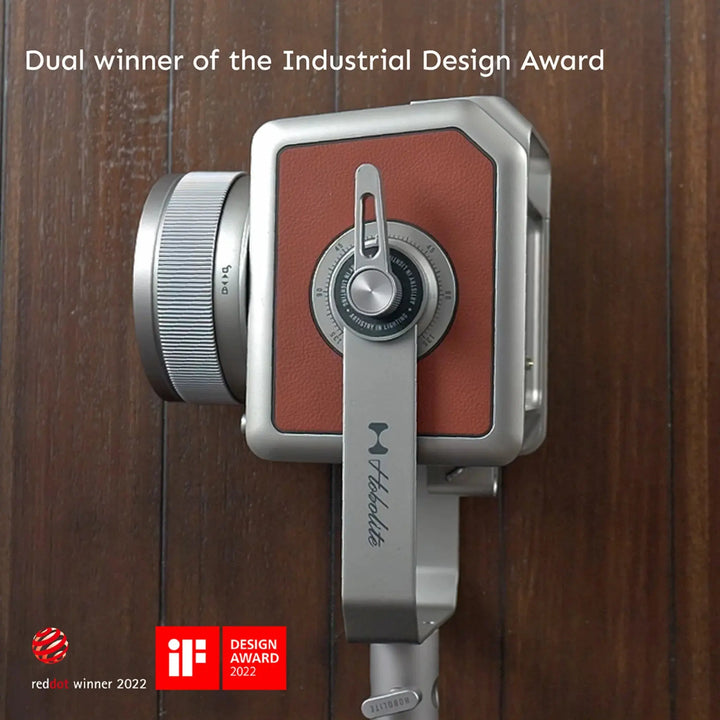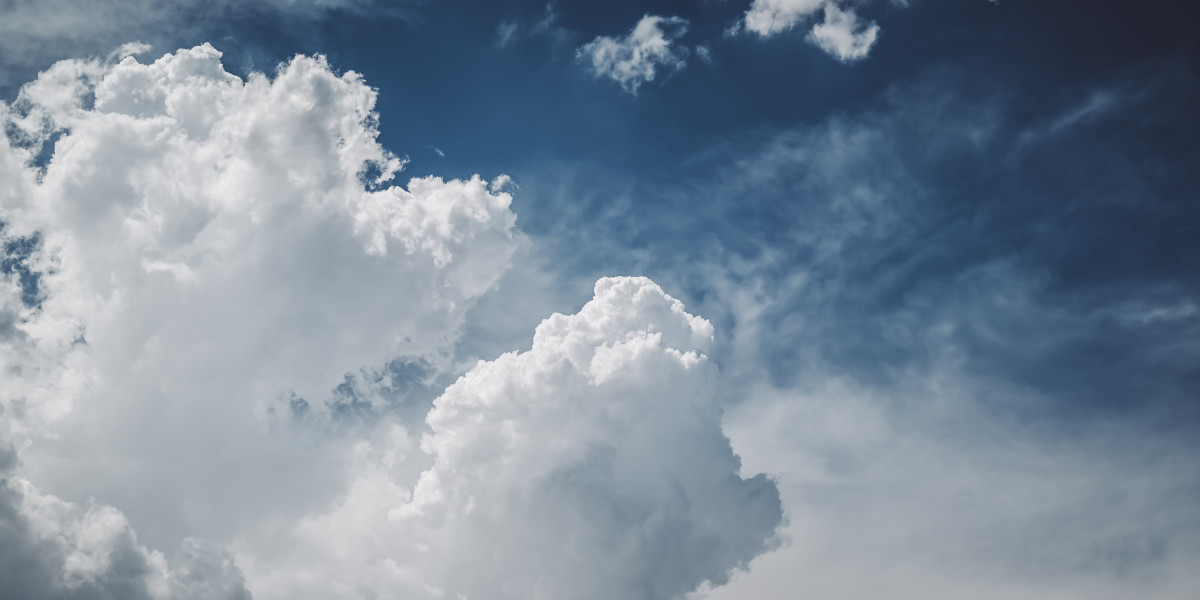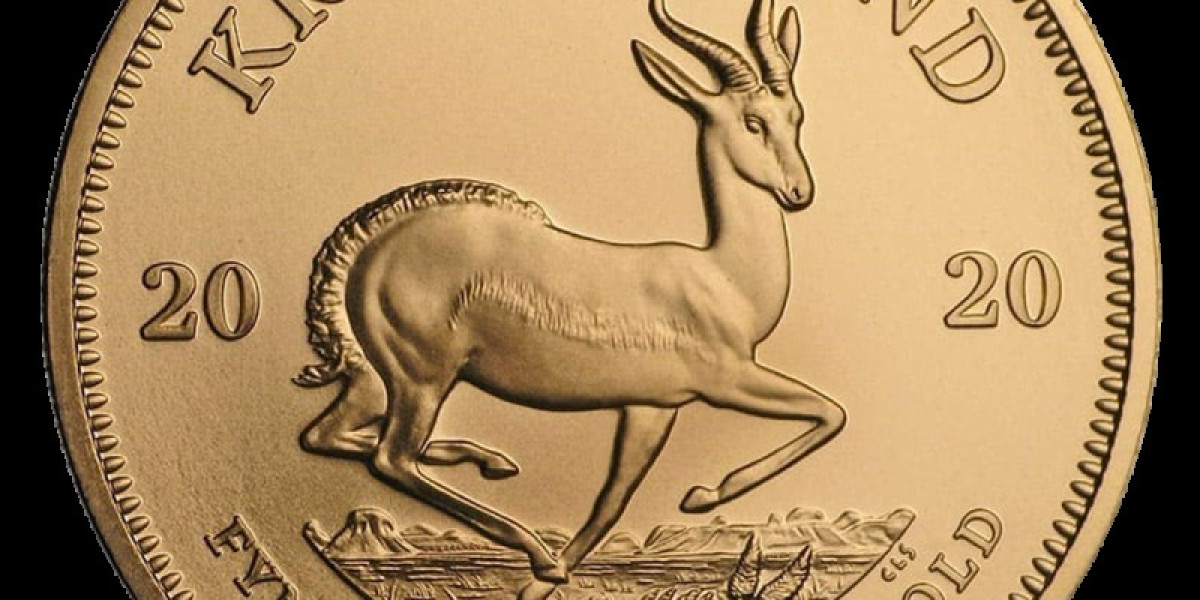Unlock Your Photography Potential with the Perfect Studio Lights!
Lighting is the cornerstone of photography. Whether you're capturing stunning portraits, intricate product shots, or vibrant fashion images, the right lighting can elevate your work from ordinary to extraordinary. Studio lights photography play a pivotal role in this aspect, enhancing the quality and mood of your images. In this article, we'll guide you through the process of selecting the ideal studio lights tailored to your photography needs. By understanding the various types of lights available, their unique features, and how to set them up effectively, you'll be equipped to make informed decisions that will significantly improve your photography skills.

Understanding Studio Lights
Studio lights are artificial light sources specifically designed for photography. Unlike natural light, which can be unpredictable, studio lights allow photographers to control the intensity, direction, and quality of light. There are two primary types of studio lights: continuous lighting and flash lighting. Continuous lights provide a constant source of illumination, making it easy to see how the light interacts with your subject in real time. This type is particularly beneficial for beginners, as it simplifies the shooting process. On the other hand, flash lighting emits a brief burst of light, which can freeze motion and create stunning effects in your images. Understanding these types of lights is crucial for selecting the right setup for your photography projects.
Factors to Consider When Choosing Studio Lights
When selecting studio lights, several key factors should guide your decision-making process. Brightness is paramount; the light's output, measured in lumens, directly affects how well your subject is illuminated. A higher lumen count means a brighter light, which can be beneficial for low-light situations. Color temperature is another critical consideration. Measured in Kelvin, different color temperatures can create varying moods in your images. Warmer temperatures (around 3200K) produce a cozy feel, while cooler temperatures (around 5600K) mimic daylight. Finally, light diffusion is essential for softening harsh shadows and creating flattering light. Options such as softboxes or umbrellas can help achieve a more even distribution of light, enhancing the overall quality of your photographs.
Types of Studio Lights for Different Photography Styles
Photography is diverse, and different styles require unique lighting techniques. For portrait photography, soft, diffused lighting is often ideal to flatter your subject’s features. Softboxes or ring lights are excellent choices for achieving this effect. In product photography, on the other hand, you may need a mix of hard and soft lighting to highlight textures and details. Using a combination of spotlights and diffusers can create a captivating look. For fashion photography, creative lighting setups can enhance the mood and style of the shoot. Consider using colored gels or creative light positioning to add drama and interest to your images. Understanding the specific lighting requirements for each style can help you select the right studio lights to achieve the desired effect.
Setting Up Studio Lights for Optimal Results
Setting up studio lights correctly is essential for achieving optimal results. Start by positioning your lights at different angles to see how they interact with your subject. A common setup is the three-point lighting system, which includes a key light, fill light, and back light. The key light is your main source of illumination, while the fill light softens shadows created by the key light. The back light adds depth by separating the subject from the background. Experiment with the distance and angles of your lights to find the most flattering setup for your subject. Don’t be afraid to try different modifiers like softboxes or reflectors to see how they change the light quality. The key to mastering studio lighting is to experiment until you find the perfect setup for your vision.
Common Mistakes to Avoid with Studio Lighting
Even experienced photographers can fall prey to common mistakes when using studio lights. One frequent error is overexposure, which occurs when the lights are set too bright for the subject or background. Always monitor your exposure settings and adjust accordingly. Another mistake is neglecting to consider shadows. Harsh shadows can detract from the overall image quality, so ensure you have enough fill light to soften them. Additionally, failing to use light modifiers can result in unflattering lighting. Experimenting with different setups is crucial to understanding how modifiers can change the light's quality. By avoiding these pitfalls, you can enhance your photography by achieving more balanced and aesthetically pleasing results.
Maximizing Your Photography with Effective Studio Lighting
Understanding the importance of studio lights in photography is essential for anyone looking to take their skills to the next level. From comprehending the different types of lights and their applications to mastering the setup and avoiding common mistakes, there is much to learn. By selecting the right studio lights tailored to your specific photography style and experimenting with various techniques, you can unlock your full creative potential. So, dive into the world of studio lighting and watch your photography transform!













